Smart metering refers to the use of digital, networked, automated, intelligent and other modern information technology and modern measurement technology to form a deep integration of the modern measurement service model. This article brings you an integral knowledge of what is smart metering.
1. What is meant by smart metering?
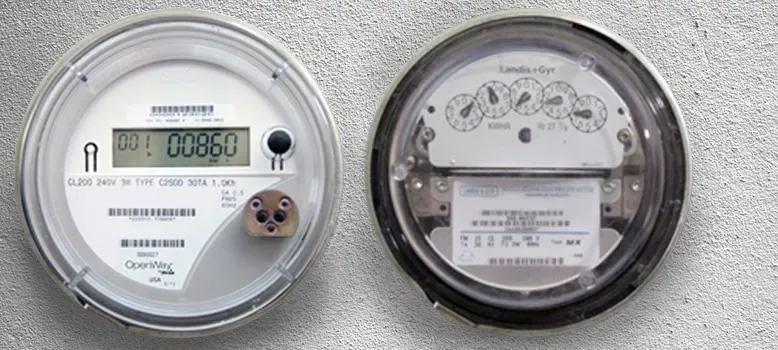
Intelligent metering is the reconstruction and innovation of the traditional metering model. It is the important practice of “Internet +” in the field of metering. Through the deep integration of modern information technology and advanced metering technology, it is able to achieve the integration of metering management science, metering technology intelligence, digitalization of metering means as well as metering information integration. Therefore, it provides scientific and efficient metering solutions for economic and social growth.
Intelligent metering is mainly manifested in two aspects. The first one is the intelligence of metering instruments, which utilizes new technologies such as artificial intelligence to achieve smart detection without human involvement in the metering and testing process, while the instrument has a variety of network interfaces in order to achieve network connection. The second one is the intelligence of lab management, which realizes functions including paperless business management, paperless original records, paperless lab management, intelligent instrument management and big data analysis.
2. What is Smart Metering System?
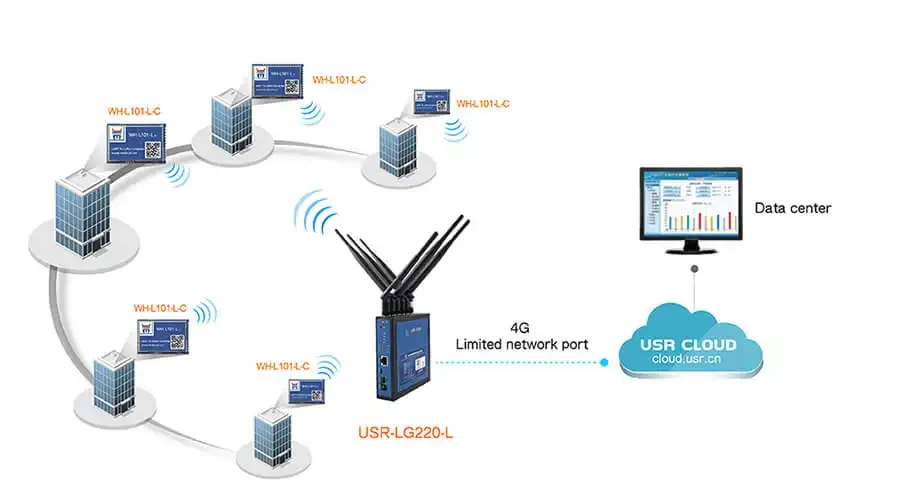
Smart metering management system is an intelligent weighing system integrating data weighing, anti-cheating modules, weighing image instant capturing systems, infrared positioning systems, IC or ID card swiping modules, Bluetooth electronic license plate automatic recognition system, automatic voice-commanded system, traffic light control system, road gate control system, remote supervision system and contract financial settlement into one comprehensive system. In the whole process of metering, the system achieves automatic and reliable collection of metering data, automatic judgment & recognition, automatic command, automatic processing, and automatic control to minimize the drawbacks and working intensity brought about by manual operations, thus enhancing the information-based function and automation of the system.
3. What is Smart Meter and How does it work?
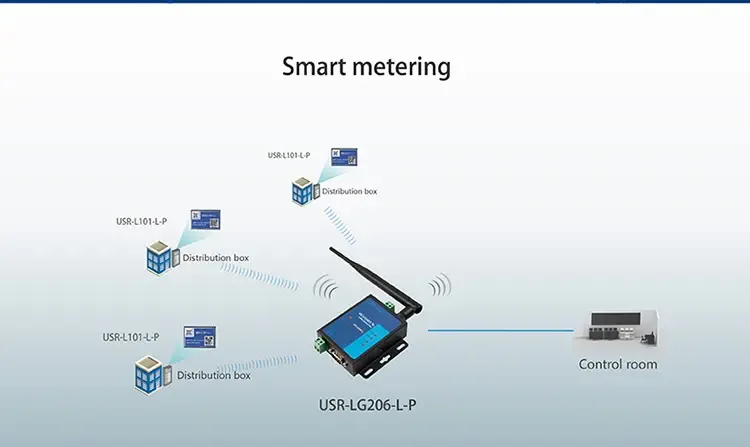
As an advanced metering device, smart meters conduct the accurate collection, analysis and management of information data including electric energy, water energy and gas energy relying on modern computer technologies, communication technologies and computer technologies. Based on the metering chips or A & D converters, it collects the user’s voltage, current, water flow and gas pressure in real time, and then realizes the precise calculation of electric energy, water flow and gas flow after the CPU refines the analysis and processing lags, finally giving outputs of the electricity, water and gas quantity in the form of display and communication. At present, compared with traditional inductive meters, smart meters have great differences in terms of working principles and components.
4. What are the wireless technologies being used in Smart Meter?
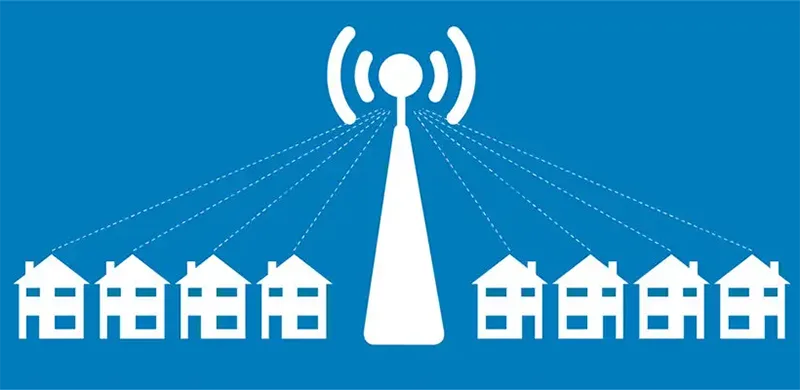
The popular smart meter communication methods in the current market can be broadly classified into five types.
4G Communication
4G communication technology is based on 2G and 3G with some new technologies added to the communication to make the signal in wireless communication more stable, make data transmit faster, make compatibility smoother and communication quality better. In addition, the technology used in 4G communication has evolved to 2G and 3G, making the transmission of information more rapid. 4G is the mainstream for today’s communication devices.
GPRS Communication
Data communication in the frequency range of 850-890-1800-1900 MHz4. Its communication is transferred by data packets (Packet), and the price borne by the users is calculated on the basis of the data traffic it transfers so it is relatively cheaper in theory.
However, in the current situation, the three major operators are planning and implementing the withdrawal of 2G from the network. Therefore, this method is being phased out of use and eliminated.
NB-IoT Communication
IoT is a new technology in the IoT industry that gives support to cellular data connectivity for low-power devices over a wide-area network, which is also known as a low-power wide area network (LPWAN). NB-IoT supports long standby times. Also, NB-IoT devices can extend their battery life by at least 10 years and provide very comprehensive internal cellular data connectivity.
CAT-1 Communication
Category1 is the grade of customer configured under the lowest version parameters, which enables the industry to develop low version 4G terminals at a low price, which is often considered as Cat1. Therefore, the growth of Cat1 networks and relevant fields is crucial to complement the requirements of major IoT cases. However, the NB-B-IoT industry ecosystem has been well-prepared. If Cat1 can function now, it is indeed a great opportunity to advance mobile mobility.
CAT-1 communication, as a top-down communication method, is gaining attention and application from all mainstream vendors.
LoRa Communication
LoRa communication technology is a general communication interaction device designed and manufactured based on the LoRa RF chip, which is widely used in IoT industry. Its features of long-range, low power consumption, multi-node and low cost have been accepted by the IoT community. Also, they are widely used in IoT, centralized meter reading, industrial control and other fields.
5. What are the main strengths of the Smart Metering System?
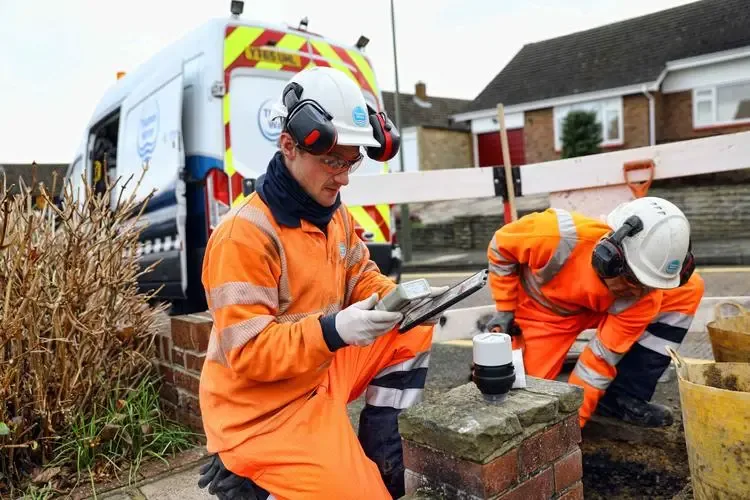
– Automatic data acquisition by instruments to ensure the accuracy of weighing data (prevent human cheating);
– Built-in data alert function;
– Intelligent coding, no need to remember, fast entry;
– Voice prompt function for weighing data;
– Support multiple weight deduction operations, such as water deduction, miscellaneous deduction, weight deduction, etc.
– Automatic calculation of pound difference, loss of tons, deduction amount, real-time statistics of freight and coal charges, and accurate data calculation.
– Quick printing of multiple-pound sheets, avoiding manual billing miswriting, with the ability to write pound sheets.
– Support multiple weighbridges networking.
– Support cash weighing and contract order weighing.
– Providing overweight capture, automatic capture, image association with pound sheets and video recording.
– Install electronic Bluetooth wireless license plate to transport fleets, and automatically identify transport vehicle numbers when pounding.
– Strict authority control, responsibility implementation to the person, to eliminate over-authority operation, log records all operations;
– Multi-account management, realize the group subsidiary independent account management;
– Automatic early warning of coal mine balance shortage, and can send SMS to relevant leaders;
– Infrared anti-cheating function; use an infrared ray to determine the positioning of the overweight vehicle to prevent the vehicle from passing the scale before it is fully loaded.
– Data stabilization writing function; Data cannot be recorded before the data is stabilized to ensure the authenticity of the data;
6. What are the drawbacks of a Smart Meter?

Smart meters have higher installment costs than traditional meters.
Smart meters still have faced under-developed technologies, reports said.LED lights generate a sine wave pattern with a fast pulsing that makes the smart meter think that more current is drawn. Thus, even if you are not using a lot of electricity the bill is likely to increase a lot.
that makes the smart meter think you are drawing more current, so even if you are not using a lot of electricity, the bill could go up a lot.
The smart grid also faces security issues because it collects data so frequently and in such detail that many people are concerned about their privacy being attacked. In addition, they are concerned about hacking and fear that hackers can disrupt the electricity system.
In terms of health, as smart meters need to interact with other electronic devices, smart meters generate high levels of pulsating EMF radiation around the clock, which can potentially lead to health issues, such as cancer, heart diseases, etc.
7. What is the security of Smart Meter?
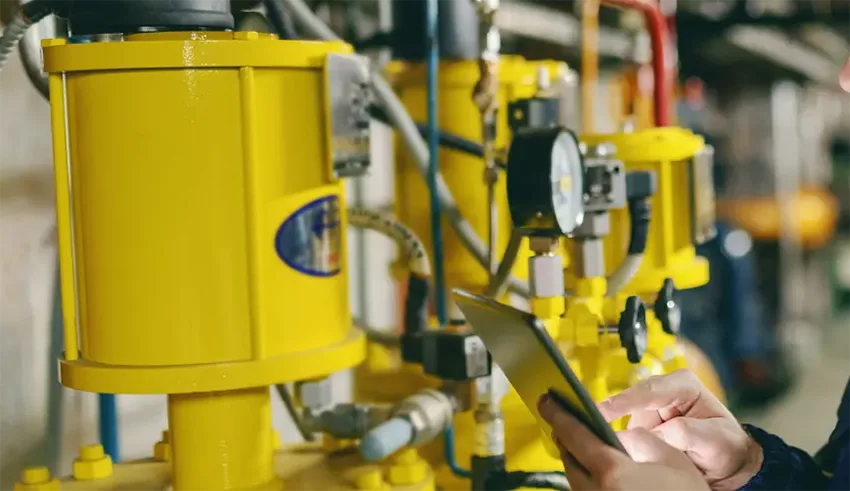
With the wider applications of automation solutions in Automatic Metering Reader, Automatic Metering Infrastructure and smart grid infrastructure, security attacks such as data hacking, system malware, along with cyberattacks, are gradually increasing. Other vulnerable areas in automated metering devices contain insecure data buses, serial connectivity or online port access. Here comes an issue. How can we guarantee data security and user privacy in a smart meter and intelligent energy gateways? The types of attacks on smart meters can be broadly classified as physical attacks (external tampering, bypassing the midline, missing midline, etc.), electrical attacks (over or under voltage, circuit detection, ESD, etc.) and software & data attacks (spyware insertion, network attacks). In addition to physical tampering with meters, most of the known vulnerabilities are related to communication media and communication protocols since the grid has already been interconnected.
Solutions for physical tampering include the use of magnetic sensors (to detect the presence of strong magnetic fields that can affect the current transformer meter readings) and tilt sensors, which can detect if a meter at an authorized location has been removed or physically tampered with. It helps tamper algorithms in the firmware to help ensure continuous billing, and also tamper switches that can be placed on the meter cover, triggering tamper notifications when the cover is opened.
Automated metering systems include the software, the hardware, communications, a user-connected system as well as the meter data management (MDM) software. As meters become more intelligent and networked, the meter software must provide adequate security functions to prevent illegal changes to software configurations, readings of recorded data, and modifications to calibrated data. Security technologies need to be incorporated into the solution to secure communication channels and ensure the physical security of assets to make the smart grid more secure and reliable.
Security Communication Protocol
Currently, there are various data exchange protocols used by parties in the power grid. Transmission Control Protocol (TCP), and Internet Protocol (IP), Hypertext Transfer Protocol (HTTP), and File Transfer Protocol (FTP) are widely utilized in the international information technology sector. These data are not very secure and vulnerable to attacks as the transmitted data can be easily stolen by hackers. For grid or smart meters, non-secure protocols must be replaced with protocols including Internet Protocol Security (IPSec), Secure Socket Layer (SSL), Transport Layer Security (TLS), and Secure Shell (SSH), etc. IPSec uses encryption technologies to ensure the confidentiality, integrity, and authenticity of data between communicating parties on a private network.
8. The Smart Metering Applications
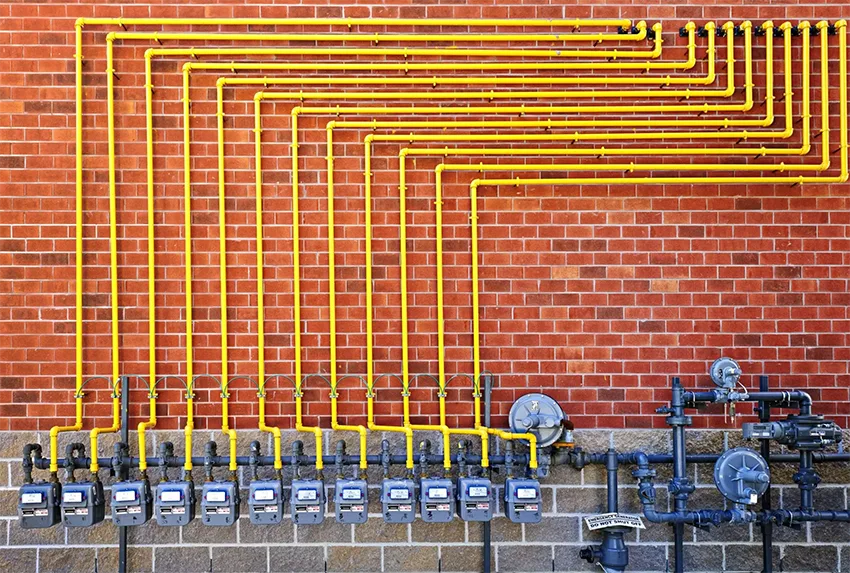
Smart Meter
Kiwi Technologies has developed a LoRa sensor-based smart city network to better manage facilities in Southeast Asia. Kiwi has enabled digital wireless networks to gain wider acceptance in Asia, enhancing the management of smart utilities. Kiwi has provided hardware and complete solutions, including end-to-end applications, network routers, platforms and other applications to generate sustainable solutions. With the features of remote operation, low energy consumption and easy deployment, LoRa devices can regulate city electricity consumption to maximize energy use to lower costs.
Smart Water Meter
The global smart water metering market has exceeded $2 billion by 2020. On the basis of LoRa technology, metering sensors can be deployed into every current infrastructure, providing robust connections in densely populated cities. Other IoT services and devices that can be integrated into the network include water leak detectors, hydrant monitors and water quality detectors.
Smart Gas Meter
Since the implementation of smart connectivity solutions in smart gas meters, utilities have decreased gas usage by approximately 25%, using a remote platform of LoRa devices to connect to the cloud and monitor consumption data, battery power and valve status.
9. What is the market for Smart Metering?

The Market of Smart Metering Instrument & Industry Growth Trend Analysis
As a lawful measuring appliance, smart meters are primarily utilized in the supply procedure of water, heat, gas, electricity and oil and other alike gas or liquid, and are universally applied in many areas such as plants, the government, residential areas, a school, companies and other user groups, which raise the residents’ awareness of energy-saving and the efficiency of centralized management to be in line with the overall economic development direction.
Compared with the traditional mechanical meters, the smart meters, are mainly based on electronic technology, integrate electricity, information, software, communication, and electromechanical to control a number of technologies, which can realize the measurement of energy consumption, monitoring, grove billing, charging, control, statistics of intelligent or remote automatic management to boost efficiency, avoiding door-to-door meter reading and realizing grove charging and energy saving.
Smart Metering Instrument Industry Chain
With the continuous development of microelectronics technology, the integration of CPU, memory, timer/counter, parallel and serial interface, watchdog, preamplifier and even A/D, D/A converter and other super-large-scale integrated circuit chips come into being. With a microcontroller as the main body, the computer technology and measurement and control technology are composed of the so-called “intelligent measurement and control system”, that is, intelligent instruments.
The Development Trend of Smart Metering Instrument
To promote intelligent manufacturing equipment to the middle and high-end level. Six-axis robots, double-wrist robots, double-rotation robots and other industrial robot segments are focused to improve the degree of flexibility and low-cost production capacity of products. Relying on the robot testing and assessment center, the robot inspection and certification system are further improved to accelerate the robot testing and certification work in the western region towards institutionalization and standardization. Therefore, it can help expand the application fields of industrial robots such as welding, spraying and flexible polishing.
Miniaturization. Microelectronics, micromechanics, information technology and other integrated applications make the instrument small, fully-functional intelligent instruments to complete the signal acquisition, processing, control signal output, amplification, interface with other instruments and other functions, which plays a unique role in automation technology, aerospace, military, biotechnology, medical fields.
Multi-functionalization. The multi-functional service itself is a feature of intelligent instruments such as a function generator with the pulse generator, frequency synthesizer and arbitrary waveform generator, which has higher performance (such as accuracy) than a dedicated pulse generator and frequency synthesizer and provided a better solution in a variety of test functions.
















